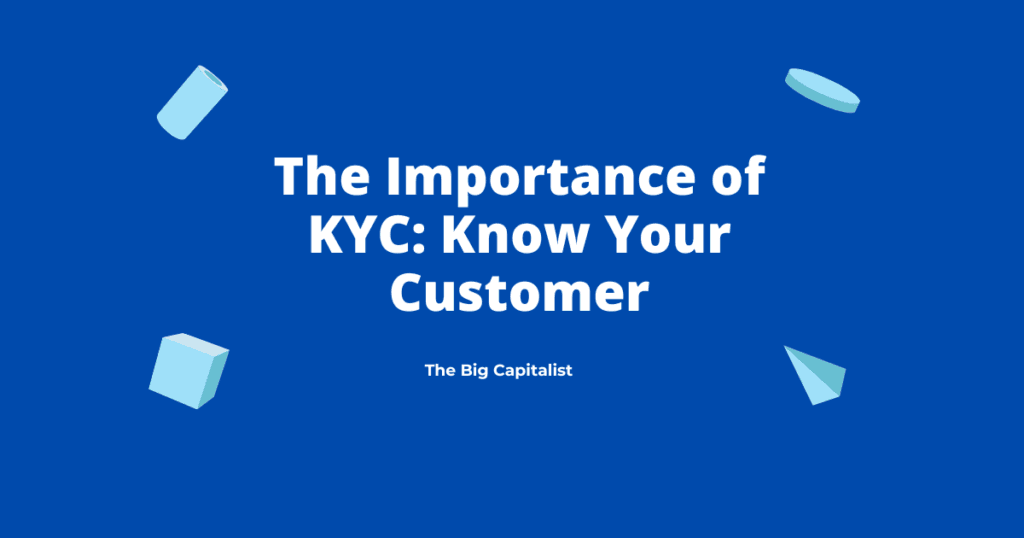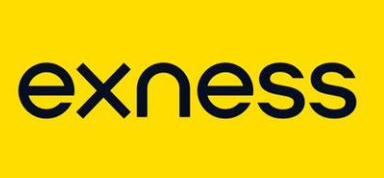In today’s fast-changing financial world, it is vital for businesses to adhere to KYC compliance regulations. This is especially true for those in the financial sector. Know Your Client (KYC) is a common rule for financial institutions. It helps them check who their clients are. KYC also helps assess risks and stop illegal activities like money laundering and fraud.
What is the KYC Process?
The KYC process is a series of steps that financial institutions follow to confirm the identity of their clients. With KYC compliance, it typically involves collecting basic information such as name, date of birth, and address, along with more detailed documentation like identification cards, utility bills, and bank statements. This process ensures that the client is who they claim to be and that their financial transactions are legitimate.
Why is KYC Compliance Important?
Protecting Against Fraud
One of the primary reasons for KYC regulations is to protect financial institutions and their clients from fraud. By verifying the identity of clients, businesses can detect and prevent fraudulent activities. This not only protects the institution but also helps maintain the trust and confidence of clients.
Ensuring Legal Compliance
KYC compliance is not just a best practice; it is a legal requirement in many countries. Financial institutions must adhere to KYC regulations to avoid hefty fines and legal repercussions. Non-compliance can lead to severe penalties, including the loss of licenses and reputational damage.
Enhancing Customer Trust
By implementing a robust KYC process, financial institutions can demonstrate their commitment to security and transparency. This builds customer trust essential in KYC compliance. Clients feel safer knowing their financial information is protected. They see that the institution is working to stop illegal activities.
Key Components of a KYC Program
A comprehensive KYC program should include several key components:
- Customer Identification Program (CIP): This involves collecting and verifying client information to establish their identity.
- Customer Due Diligence (CDD): This step checks the risk level of each client. It looks at their financial activities and background.
- Enhanced Due Diligence (EDD): For clients who are at higher risk, institutions may do deeper checks. This helps ensure their activities are legitimate within the scope of KYC compliance.
- Ongoing Monitoring: Continuous monitoring of client transactions is essential to detect any suspicious activities that may arise over time.
Conclusion
In conclusion, KYC compliance plays a vital role in ensuring the safety and integrity of financial transactions. By using a strong KYC process, businesses can guard against fraud. This helps them follow the law and build better relationships with their clients. As rules change, staying informed about KYC requirements will help institutions manage the financial world better.
Frequently Asked Questions
1. What types of documents are typically accepted for KYC verification?
Most institutions accept government-issued photo IDs, like a passport or driver’s license. They also accept proof of address, such as a utility bill or bank statement. In some cases, they may require a recent photograph or biometric data for extra security.
2. How often should KYC information be updated?
It is standard to update KYC compliance details every 12 to 24 months. However, higher-risk clients may need reviews more often, sometimes every three or six months.
3. Can KYC be completed entirely online?
Yes. Many institutions now provide digital or “e-KYC” processes. They use secure video calls, AI document checks, and biometric tests. This helps to confirm identity without needing in-person visits.
4. Are there any exemptions to KYC requirements?
Some places allow easier checks for very low-risk customers, like small accounts. However, full KYC compliance is usually needed for high-value transactions or services.
















